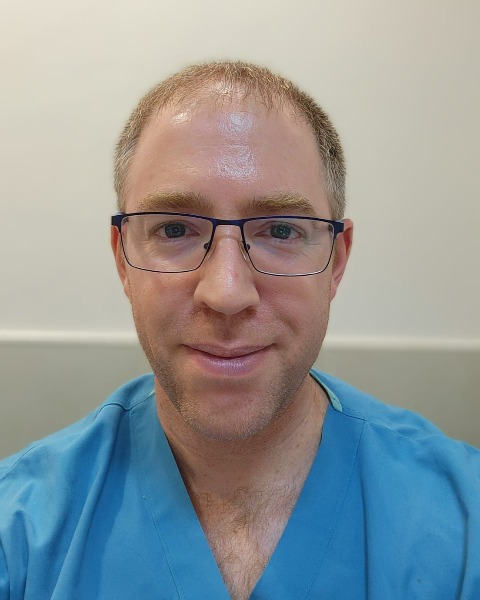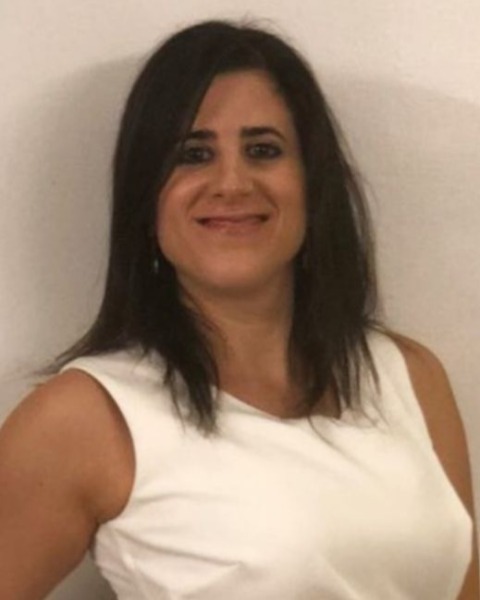Neonatology
Poster Session 2
(438) Complicated deliveries increase neonatal failure rates of the first Otoacoustic Emissions Hearing Test

Sivan Farladansky Gershnabel, MD (she/her/hers)
Meir Medical Center
Kfar Saba, HaMerkaz, Israel
Hanoch Schreiber, MD
Meir Medical Centerartment of Obstetrics and Gynecology, Meir Medical Center
Kfar Saba, Israel- DR
Dorit Ravid, MD
Meir Hospital
Ra'anana, HaMerkaz, Israel 
Gal Cohen, MD (she/her/hers)
OBGYN Resident
Meir Medical Centerartment of Obstetrics and Gynecology, Meir Medical Center
Kfar Saba, Israel, Israel- TB
Tal Biron-Shental, MD
Meir, Tel-Aviv University
Sdeh Warburg, HaMerkaz, Israel - SA
Shmuel Arnon, MD
Meir Medical Center
Kfar Saba, HaMerkaz, Israel
Primary & Presenting Author(s)
Coauthor(s)
Otoacoustic emission test (OAE) is a screening test for congenital hearing loss and it is performed usually 2 days after delivery. Newborn hearing screening may fail due to perinatal and neonatal factors. Our departmental OAE failure rate is 6.2%. We aimed to assess failure rate and associated factors among complicated pregnancies.
Study Design:
This retrospective study included all women who were admitted to our high risk unit during their pregnancy and delivered between January 2021 and June 2023. Delivery characteristics were compared between newborns with failed OAE test and those who passed the test (control group). All OAE tests were performed within 48 hours after delivery.
Results:
A total of 872 newborns were included, among them 136 (15.6%) were in the failed OAE group and 735 in the control group. There was no difference in maternal age, gravidity, parity or gestational age between groups. There was no difference in SGA or macrosomia rate between groups. Higher rates of vacuum extraction (8.84% vs. 1.47% p=0.001) and gestational diabetes (16.9% vs. 10.61%, p=0.02) in the study group compared to the control group. No difference in vaginal delivery and cesarean section rates.
In the multivariate analysis after adjustment for confounders, vacuum extraction (OR-6.1 ,95%CI 1.4-25.6, p= 0.012) and gestational diabetes (OR-1.7, 95% CI 1.0-2.9, p=0.03) were independently associated with failed first OAE.
Conclusion:
Based on our cohort, infants delivered by vacuum extraction are more likely to fail in the first Otoacoustic Emissions Hearing Test. These data may be considered in setting the timing for that screening test. Infants born after complicated high risk pregnancies had significantly higher failure rates on first OAE. These higher rates were independently associated with vacuum extraction and gestational diabetes. We speculate that the timing of first OAE after high risk pregnancies with gestational diabetes and vacuum deliveries should preferably be postponed beyond the first days of infants life to improve OAE success rates and minimize parental anxiety and costs.

